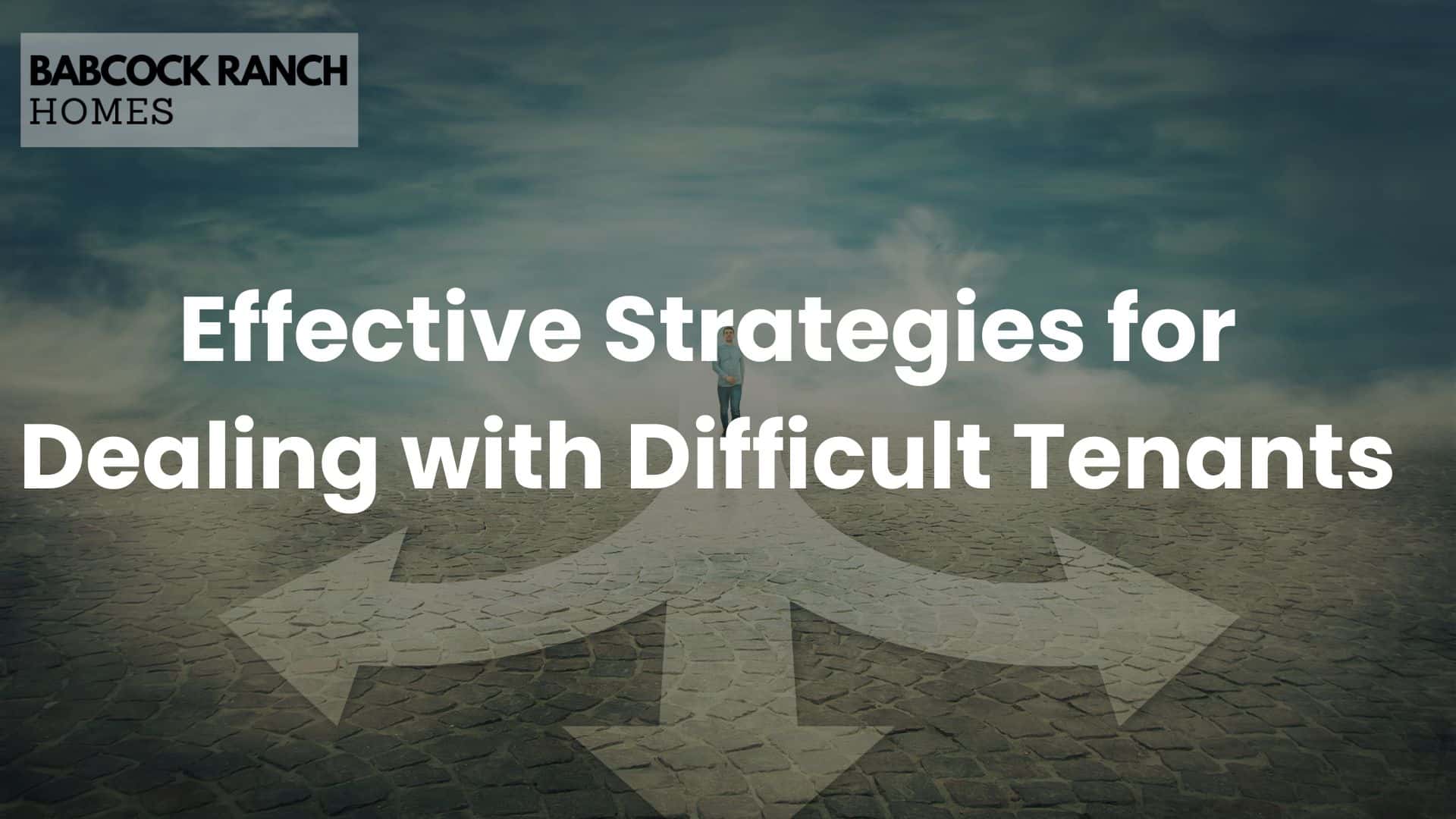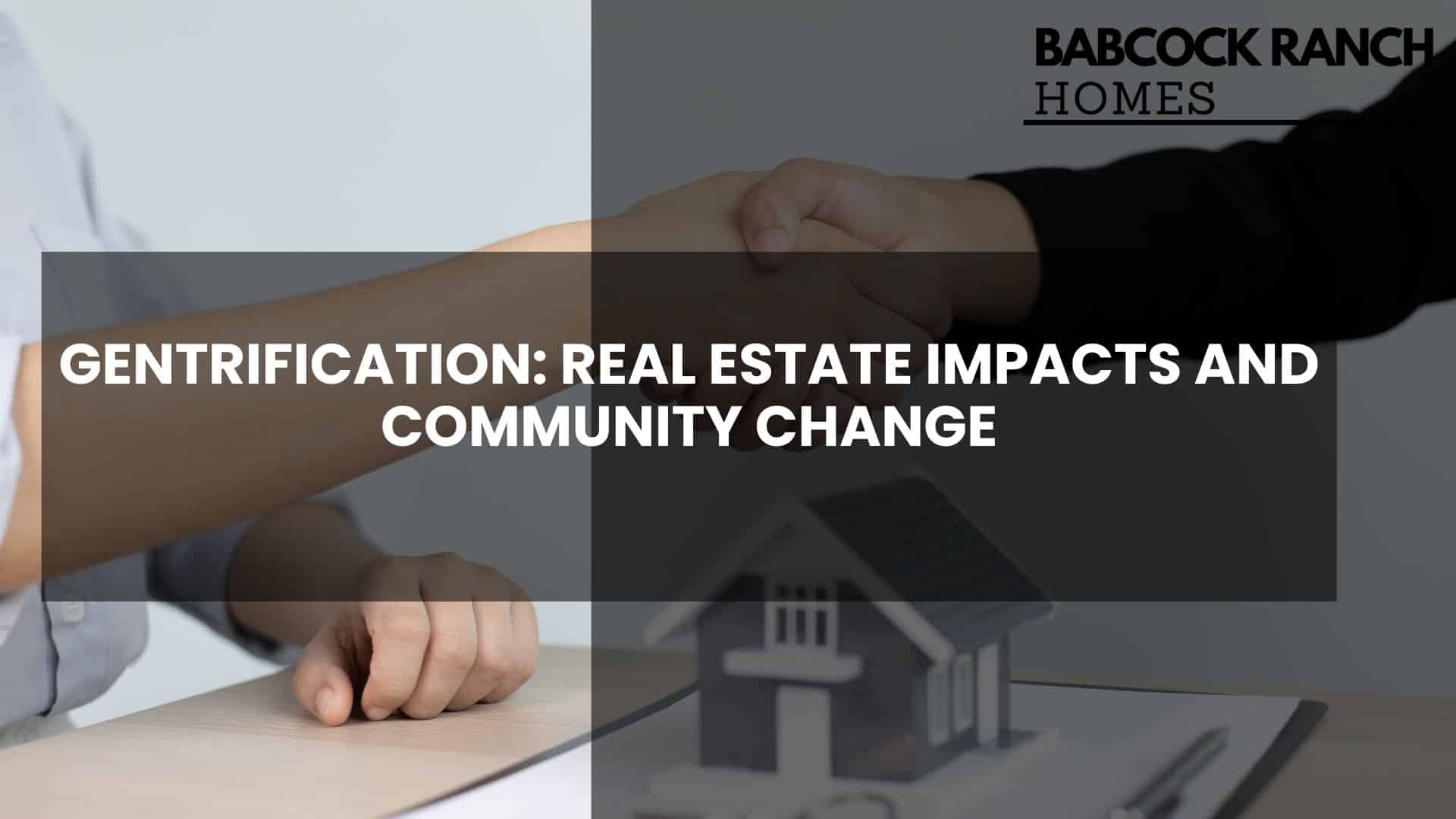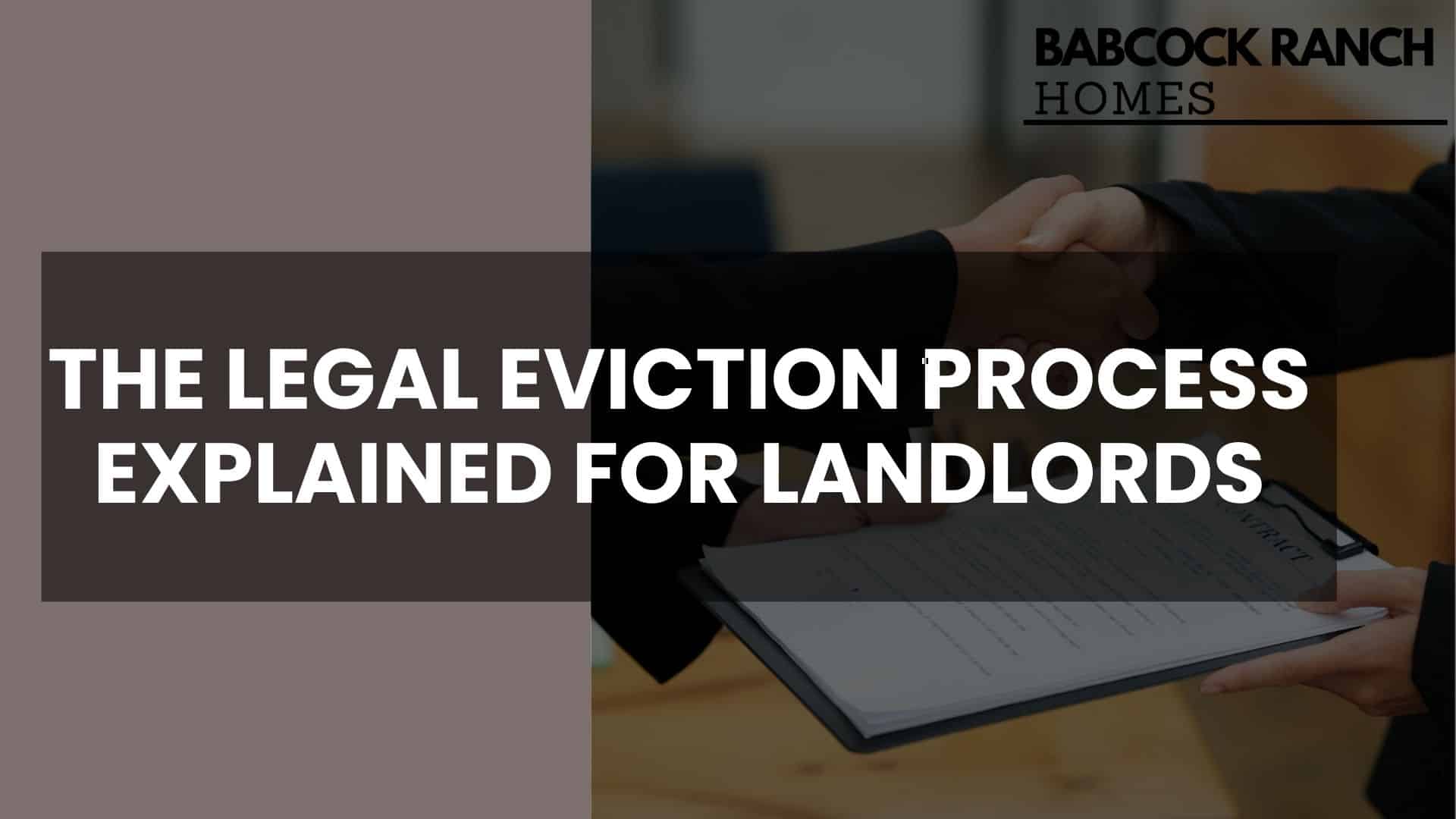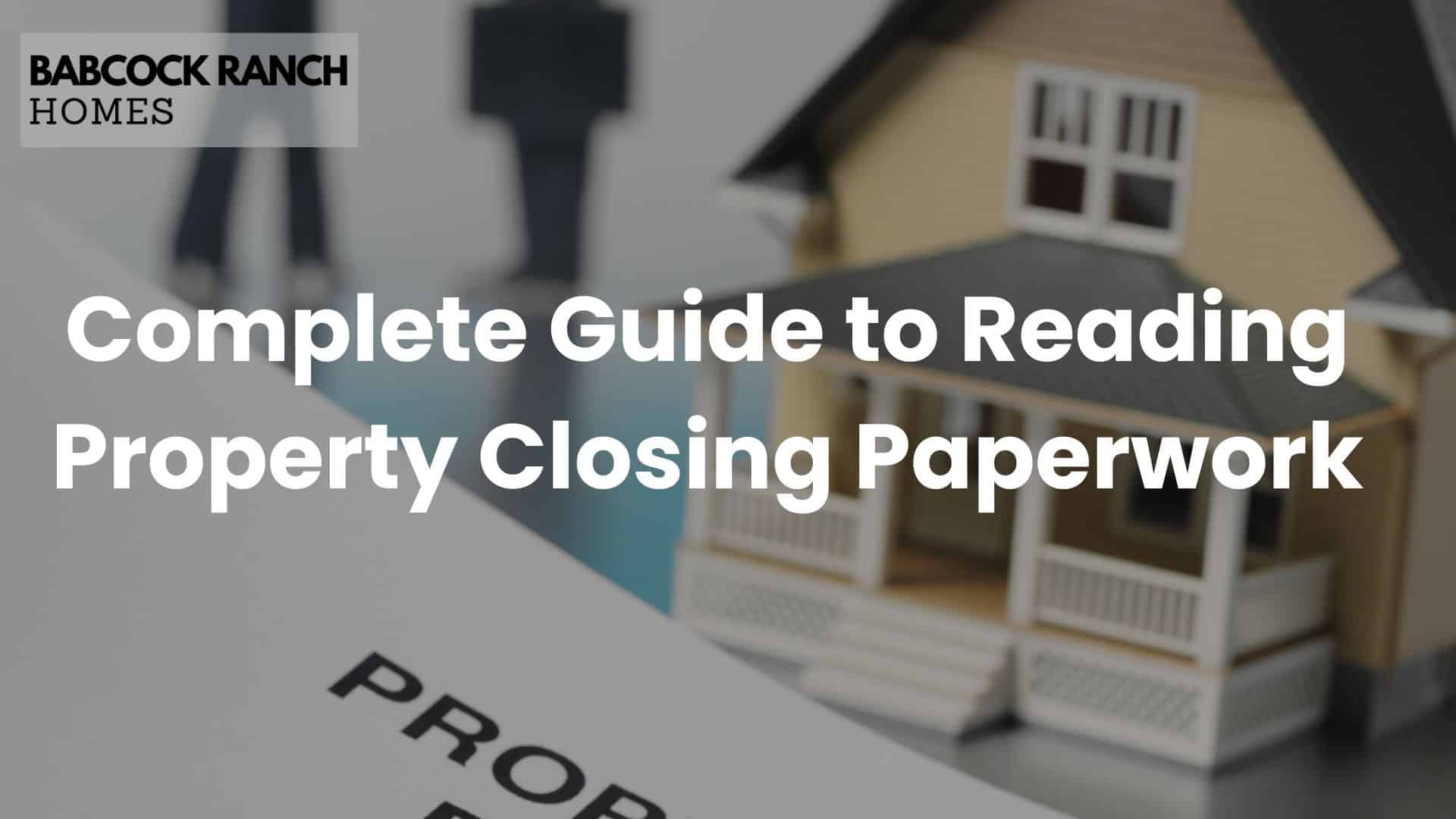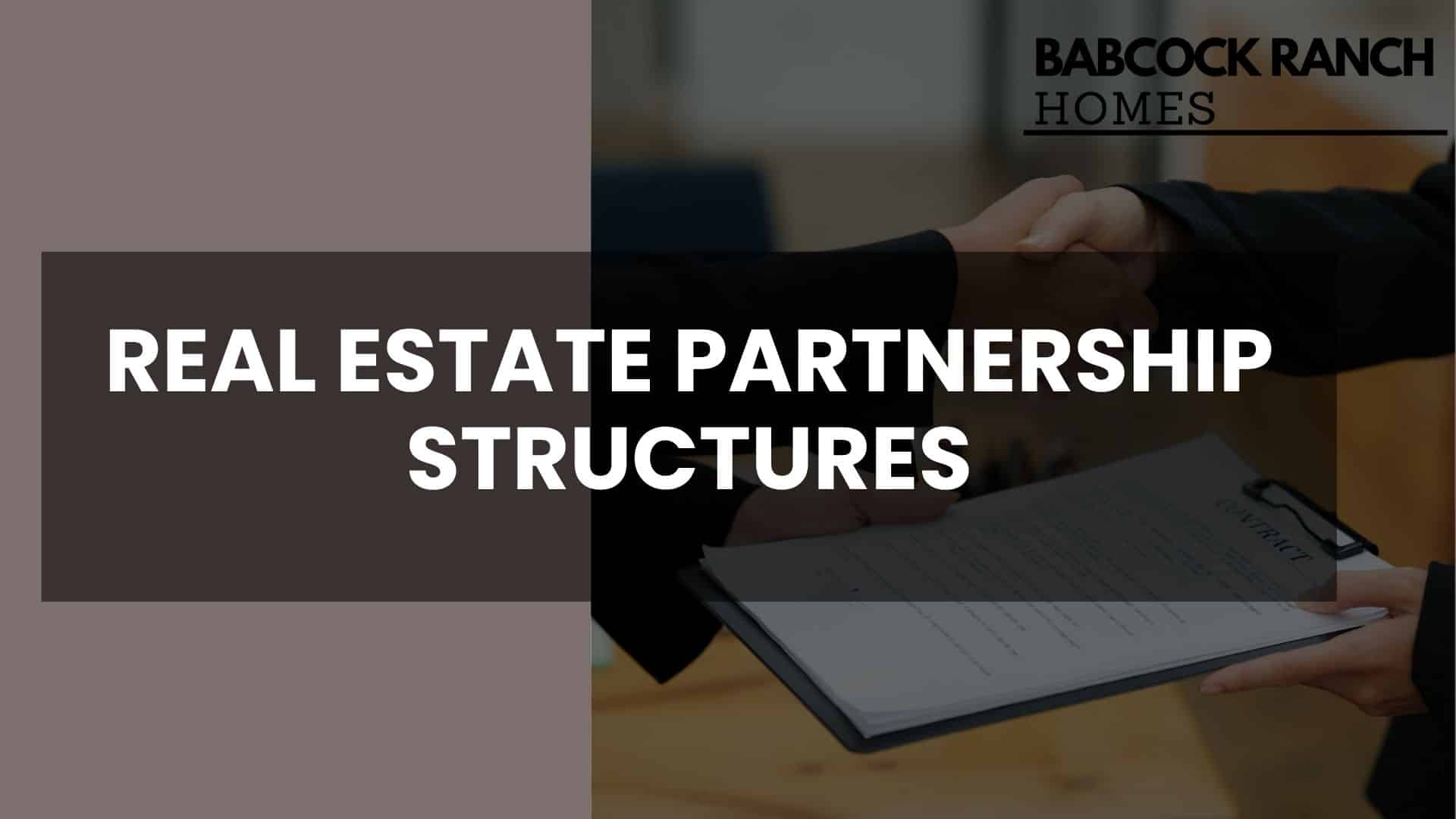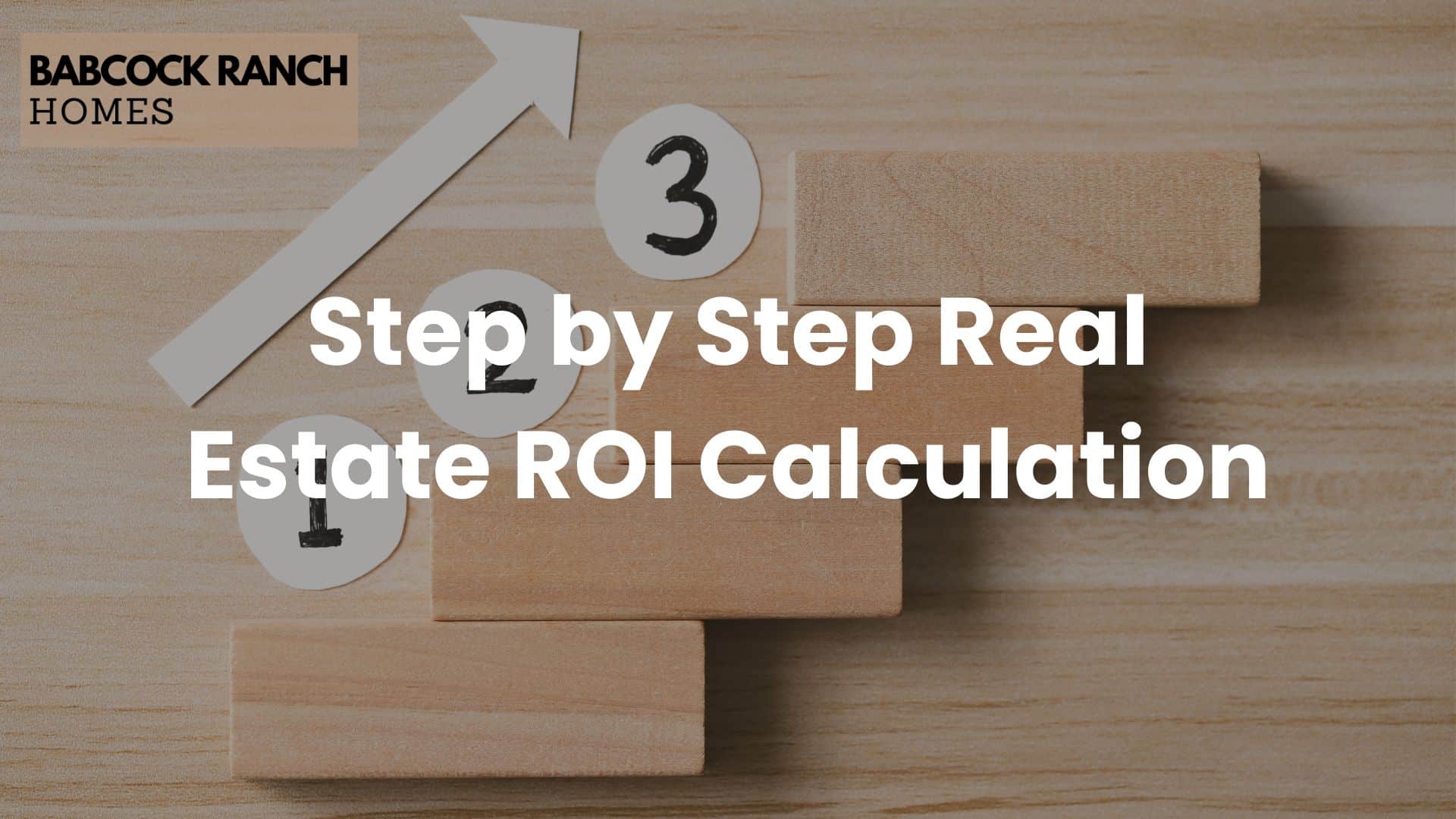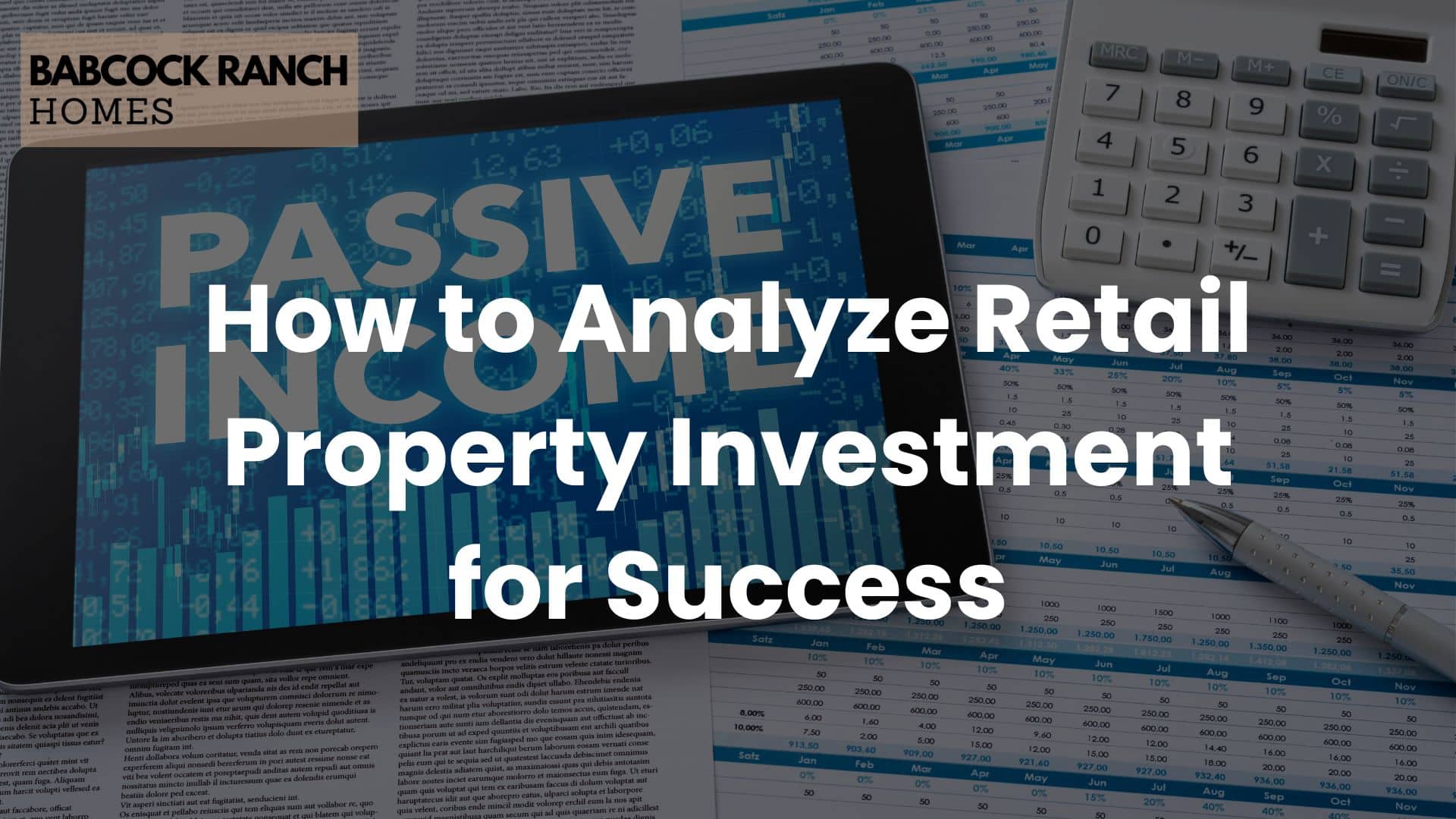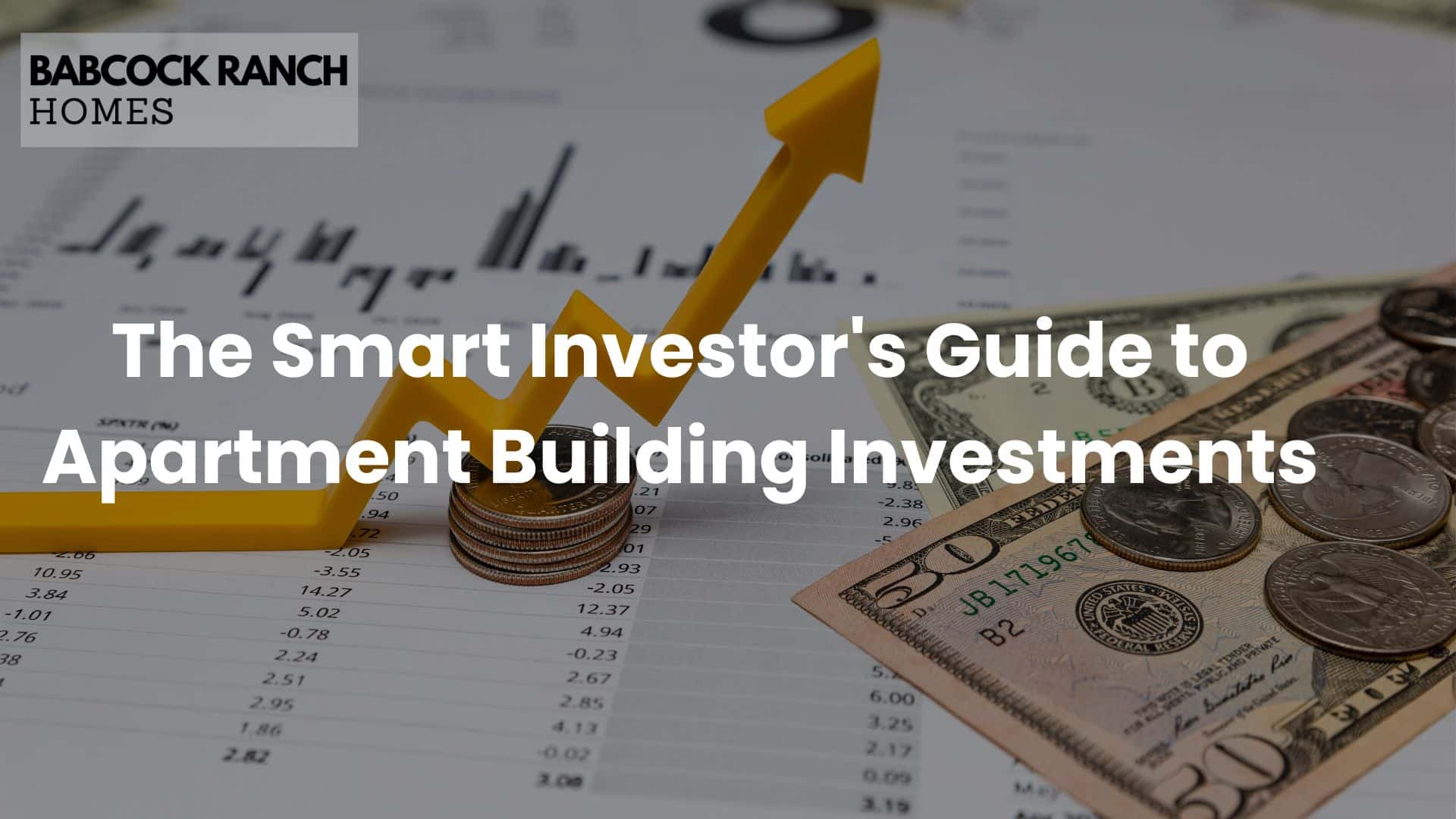
Did you know multifamily properties deliver 47% higher returns than single-family rentals? This is a huge difference. It makes apartment buildings a top choice for building wealth over generations. Smart investors are now focusing on this asset class for its unique benefits.
Apartment complexes offer a big advantage over single-family homes. They have multiple tenants, so losing one tenant doesn’t hurt your income. Also, managing 20 units together is cheaper than handling 20 separate houses.
Multifamily investments are like a shield against economic downturns. When prices go up, so do rents. Property values also rise, helping your portfolio stay strong even when other assets falter.
At Babcock Ranch Homes, we look at four income sources in these properties. These are base rents, parking fees, storage rentals, and amenity charges. This mix of income makes your cash flow more stable than what single-property landlords can offer.
Key Takeaways
- Multifamily assets outperform single-family homes by 47% in ROI
- Operational costs decrease as property size increases
- Rent adjustments protect against inflationary pressures
- Multiple tenant units minimize vacancy risks
- Four distinct revenue streams enhance cash flow stability
Why Apartment Buildings Should Be Part of Your Investment Strategy
Apartment buildings are great for building wealth today. They offer steady cash flow and help reduce risks. Let’s look at why they’re key for smart portfolios.

Demand Drivers in Multifamily Housing
Urban living and changing demographics are changing housing needs. In Los Angeles, over 63% of people rent, showing a national trend. Three main factors drive this demand:
- Millennial preferences: 72% of renters under 40 want flexible living over owning a home
- Economic mobility: Cities like Austin and Miami’s job markets push people to rent
- Construction gaps: The U.S. needs 4.3 million more apartments by 2035 to meet demand
Comparing Returns to Other Real Estate Assets
Apartment buildings often do better than retail and office spaces. Our study of 150 properties shows:
- Higher stability: Multifamily cap rates average 5.2% vs 6.8% for retail
- Lower vacancy risk: 50-unit buildings stay 94% full vs 82% for strip malls
- Scalable income: Adding 10 units boosts NOI 23% more than expanding commercial space
These factors help investors get 15% annual returns through smart buying. Apartment buildings’ size means even if one unit is empty, 49 others keep bringing in money.
Key Metrics for Evaluating Apartment Buildings
Knowing key financial indicators is key to finding profitable multifamily properties. We look at three main metrics: net operating income, capitalization rates, and cash-on-cash returns. These tools help investors make smart choices in a competitive market.

Net Operating Income Fundamentals
NOI shows how much profit a property makes before financing costs. You can calculate it with this formula:
- Gross rental income
- Minus vacancy losses
- Minus operating expenses (taxes, insurance, repairs)
A $1.2M property with $180,000 in annual rent and 40% expenses has $108,000 NOI. Be careful of expense creep. Properties with more than 45% operating costs might need upgrades.
Capitalization Rate Analysis
Cap rates (NOI ÷ purchase price) show the investment’s yield. Our study of 400+ deals shows:
Market-Specific Cap Rate Benchmarks
- Coastal markets: 4.2%-5.1% (2020-2023 average)
- Midwest cities: 6.8%-7.9% (same period)
Lower cap rates mean premium locations, while higher rates suggest value-add chances. Always compare properties in the same metro area for accurate assessments.
Cash-on-Cash Return Calculations
This metric shows actual cash flow compared to invested capital. Let’s look at a leveraged scenario:
- $2M property purchase with 30% down payment ($600,000)
- $140,000 annual NOI minus $96,000 mortgage payments
- $44,000 net cash flow ÷ $600,000 investment = 7.3% return
Good multifamily investments usually offer 8-12% cash-on-cash returns in stable markets. Adjusting leverage ratios helps balance risk and reward.
Apartment Building Financing Options Explained
Knowing about different financing options is key to success in multifamily deals. We guide investors through loan structures that fit their goals and keep finances flexible. Let’s look at three main ways to fund your next apartment purchase.

Conventional Multifamily Loans
Traditional bank loans are popular for their clear terms. Most lenders ask for 25% down payments, but this can change based on property size and credit score. These loans usually have 5-10 year terms with fixed or adjustable rates.
Compared to other options, conventional financing is known for quick approval times. But, it often requires a high credit score (680+). We suggest this for seasoned buyers with solid financial backgrounds.
Government-Backed Financing Programs
Federal programs offer good terms through agency support. The FHA 223(f) loan is notable for its non-recourse structure and 35-year amortization periods.
FHA 223(f) Loan Requirements
- Minimum 15% down payment for market-rate properties
- Properties must be at least 3 years old
- 85%+ occupancy for 90 days pre-application
- Debt service coverage ratio ≥1.176
Creative Financing Strategies
When traditional methods don’t work, creative approaches can help. Seller financing allows for direct negotiations for longer payment terms. Preferred equity structures let passive investors fund renovations for priority returns.
We’ve seen success with hybrid models combining private loans and crowdfunding. These options are great for value-add projects needing quick capital. Always get legal advice when exploring non-traditional deals.
Apartment Ownership Models for Different Investors
Investing in apartments offers many ways to get involved. Each model fits different goals, risk levels, and schedules. We’ll explore three main options to help you choose the best one.
Direct Ownership Responsibilities
Buying apartment buildings yourself means you have full control. But, it also means you have to be very involved. You’ll need to:
- Screen tenants and manage leases
- Handle maintenance and upgrades
- Keep an eye on finances, like rent and expenses
This approach is best for those with experience in managing properties. They can make more money by being efficient but must spend a lot of time doing it.
Syndication Investment Structures
Syndication lets you earn money without managing the property every day. You invest with others under a leader who:
- Finds and buys properties
- Manages renovations
- Handles selling the property
Studies show syndications can give 12-18% annual returns. Investors get their money back first, and the leader only makes money if the project does well.
REITs vs Direct Ownership
Real Estate Investment Trusts (REITs) offer quick access to many properties but less control. Here’s what you need to know:
- REITs are liquid every day, unlike physical properties
- Direct owners decide on renovations and who to rent to
- REITs pay 4-6% dividends, while owned buildings can give 8-12% cash flow
REITs are good for those who value flexibility. Direct ownership is better for those who want to save on taxes and have more say in how the property is run.
Essential Due Diligence Checklist
Doing thorough due diligence is key for successful multifamily investors. It helps avoid unexpected costs. We focus on three main areas: the property’s structure, lease economics, and how it compares to others. This approach helps find hidden risks and opportunities to add value.
Physical Property Assessments
Our team uses a detailed 50-point checklist for inspections. We look closely at:
- Roof condition and lifespan
- HVAC system efficiency
- Plumbing material quality
- Foundation stability
- Energy efficiency levels
Critical Systems Evaluation
We focus on mechanical systems that might need big investments. We plan for:
- Boiler pressure tests
- Electrical panel checks
- Sewer line camera inspections
- Fire suppression system checks
Tenant Lease Analysis
Lease analysis is vital to uncover hidden issues. Here’s how we do it:
- Track lease expiration dates
- Check security deposit amounts
- Watch for automatic renewal clauses
- Spot below-market rent deals
We found 17% of units in a 50-property portfolio were undercharging by 12%. This is a $288,000 yearly chance.
Market Rent Comparables
Using unit-mix analytics boosts investment returns. We compare:
- Studio vs 1-bedroom prices
- Premiums for in-unit laundry
- Pet fee income
- Parking space value
Source 3’s data shows properties with the right unit mix can earn 6-9% more NOI. This is thanks to smart pricing of upgraded units.
Effective Property Management Approaches
Good property management is key to making money from apartments. We found three main areas that affect profits and property value. These are strategic partnerships, keeping residents happy, and keeping maintenance costs low.
Selecting Management Companies
Finding the right management team is important. InveServe Corp’s success with 42 Midwest properties shows why. They look for:
- Proven experience with similar buildings
- Clear fees with bonuses for good performance
- 24/7 maintenance promises
- Matching technology with owner systems
Always check references and compare tenant turnover rates to the market.
Tenant Retention Strategies
Our study found a 22% increase in tenant retention with loyalty programs. Good strategies include:
- Offering renewal bonuses like new appliances
- Hosting events with local businesses
- Fast service for long-term tenants
Surveys help find upgrades that matter. One Florida property saw an 18% increase in renewals by adding co-working spaces.
Maintenance Cost Control
Regular maintenance cuts down on emergency repairs by up to 35% a year. We suggest:
- Quarterly HVAC checks before busy seasons
- Smart leak detection in high-risk spots
- Buying supplies in bulk
Using modern platforms like Maintainly makes communication easier. InveServe’s app cut maintenance costs by 12% with real-time tracking.
Risk Mitigation in Multifamily Investments
Successful apartment building ownership strategies need careful planning for unexpected challenges. We’ll look at three key safeguards to protect cash flow and asset value during market changes.
Vacancy Rate Protection
Keeping 6-8 months of vacancy reserves is key for financial stability. This fund helps cover mortgage payments and operating costs when tenants leave. Here are some strategies to consider:
- Rent guarantee insurance for new leases
- Gradual rent increases to minimize turnover
- Short-term rental conversions during slow seasons
COVID-19 showed us the importance of flexible lease terms. Month-to-month options can prevent sudden vacancies during uncertain times.
Insurance Coverage Essentials
Multifamily properties need custom protection plans. Property/casualty policies cover physical damage, while umbrella insurance fills liability gaps. Important factors include:
- Flood coverage in high-risk zones
- Equipment breakdown endorsements
- Loss of income protection
Review policies yearly with experts who know apartment building strategies. Good coverage stops small issues from becoming big financial problems.
Economic Downturn Preparation
Recession-resistant properties have certain traits. Our economic guide includes:
- Pre-negotiated rent concession tiers
- Energy efficiency upgrades to cut costs
- Diversified tenant income brackets
Watch local employment rates and construction permits. Early signs of market changes let you prepare before problems get worse.
Value-Add Strategies for Profit Maximization
Smart investors know that making money in apartment buildings is more than just buying them. It’s about finding hidden value. We’ll explore three effective ways to increase NOI and property value through smart upgrades and tweaks.
Unit Renovation ROI Analysis
Not every upgrade is worth the same. Our study of 150+ properties shows that different levels of renovation can save money:
- Basic refresh ($3K/unit): New paint, flooring, and fixtures can raise rent by 12-15%.
- Mid-range upgrade ($8K/unit): Replacing appliances and updating cabinets can give a 22-28% return (Source 3).
- Luxury overhaul ($15K/unit): A full kitchen and bath remodel can add 18-25% value in competitive markets.
Amenity Upgrades That Pay Off
Today’s tenants want convenience and green living. These upgrades pay off quickly:
- EV charging stations (47% faster lease-ups in 2023 market studies)
- Package locker systems reduce staff workload by 11 hours/week
- Smart home tech bundles increase renewal rates by 19% (Source 3)
Operational Efficiency Improvements
Improving how you run your building can boost NOI for good. Start with these big changes:
- Energy-efficient HVAC upgrades cut utility costs by 23-30% (Source 1)
- Bulk purchasing agreements with maintenance suppliers
- Automated rent collection reduces late payments by 34%
Case Study: Babcock Ranch Homes Success Story
Babcock Ranch Homes shows how smart planning and green design lead to success in multifamily investments. Located in Florida, it uses renewable energy and focuses on what residents want. This approach has led to 98% occupancy, thanks to its unique management.
Location Advantages in Babcock Ranch
Babcock Ranch is just 20 miles from Fort Myers. It’s close to jobs but also surrounded by nature. The area is designed for walking, with electric car charging and bike paths.
Sustainable Community Features
The community is a leader in green living with:
- Florida’s first solar town (300+ acres of panels)
- Stormwater wetlands that help local ecosystems
- Native plants that need 70% less water
- Smart grid tech for better energy use
Property Design Philosophy
The buildings are built with three main ideas in mind:
- Climate resilience: They have high foundations and strong windows
- Energy efficiency: They use ENERGY STAR appliances and cool naturally
- Community integration: They have spaces for people to meet and interact
Proven Management Practices
The high occupancy rate comes from careful tenant selection and keeping them happy. The screening looks at:
- Credit scores over 650
- Job stability for 2+ years
- No evictions in their past
Residents get free workshops on sustainability and first pick at community gardens. For more info or to invest, call us at 518-569-7173.
Building Your Multifamily Investment Team
Successful multifamily property investments need more than just money. They require a well-chosen team. We’ve learned that 73% of profitable apartment owners credit their success to smart partnerships. Let’s explore how to build your ideal team.
Essential Professional Partners
Every multifamily investment team needs these key players:
- Certified Public Accountant (CPA): Manages tax strategies and financial reports for complex properties
- Real Estate Attorney: Deals with lease agreements, compliance, and partnership structures
- Property Manager: Manages daily operations, tenant relations, and maintenance
Our study of 50+ successful teams showed that adding these experts can increase returns by 18-22%:
- Commercial insurance broker for multifamily policies
- Local market analyst with zoning knowledge
- Energy efficiency consultant for cost-saving upgrades
Vetting Contractors and Vendors
Here’s a 5-point checklist to check service providers:
- Verify general liability insurance coverage ($2M minimum)
- Check state licensing through official databases
- Review 3+ client references from similar projects
- Analyze 5-year financial stability reports
- Require lien waivers for all contracted work
We use a scoring matrix that focuses on:
- 30% pricing competitiveness
- 25% response time guarantees
- 20% workforce certifications
- 15% sustainability practices
- 10% local community involvement
Strategic Exit Timing and Methods
Successful investors in apartment buildings know when to sell. Timing your exit right can lead to better returns. We’ll look at three ways to sell well and keep your portfolio flexible.
Market Cycle Considerations
Knowing when to sell is key. Look at economic signs to find the best time. Our study shows the best times to sell are when:
- Local jobs grow faster than the country’s
- New apartment buildings go down
- Cap rates drop by 50+ basis points
Watch absorption rates and rent-to-income ratios to spot hot markets. A study in Dallas showed selling in 2021’s 4.1% cap rate environment was 22% better than waiting for 2023’s 5.3% rates.
1031 Exchange Opportunities
This strategy lets you keep your money in real estate. It’s good for growing your portfolio. Important dates include:
- 45 days to find a new property after selling
- 180 days to buy it
- 3 years to improve the new property
An investor in Phoenix (Source 1) grew from 24 units to 147 in seven years. They saved $1.2M in taxes. You need a good CPA, intermediary, and lawyer to make it work.
Sale-Leaseback Arrangements
This method gives you cash now and keeps income coming. It’s different from selling because you can:
- Get a 10-15 year lease with yearly increases
- Keep control with a master lease
- Share in the property’s future value
Recent deals show cap rates 75-125 basis points higher than selling. It’s great for those who need to move money but want to stay involved. Always compare it to selling outright.
Connect With Babcock Ranch Homes Experts
Getting expert advice can turn complex decisions into smart moves. At Babcock Ranch Homes, we mix real-world experience with fresh ideas. These ideas are made for investors in multifamily properties. Our team is based in Florida’s first solar town, where we live sustainable community development every day.
- Integrated sustainable design for modern housing demands
- Energy-efficient infrastructure planning
- Community-focused development strategies
For direct consultations, call our Florida office at 518-569-7173. Our advisors help investors by looking at market trends and property value. They also make sure projects match environmental goals. We offer useful advice without any pressure or commitment.
Babcock Ranch Homes is all about being open with our clients. We focus on teaching, not just selling. This way, investors know the real deal about the multifamily market. It’s why we’re seen as reliable partners for those looking for lasting success in real estate.
Conclusion
Investing in apartment buildings is a solid way to build wealth in real estate. It’s all about doing your homework, making smart improvements, and building strong networks. These steps are key to success in multifamily investing, whether you manage properties yourself or partner with others.
Multifamily properties are very stable, even when the economy changes. In fact, 78% of investors keep apartment buildings as a way to protect their wealth. These properties offer steady income from many units and grow in value over time.
For those looking to invest, working with experienced teams is a big plus. At Babcock Ranch Homes, we show how to apply these strategies in Florida. Our approach combines the right location, design for residents, and top-notch operations to boost returns.




